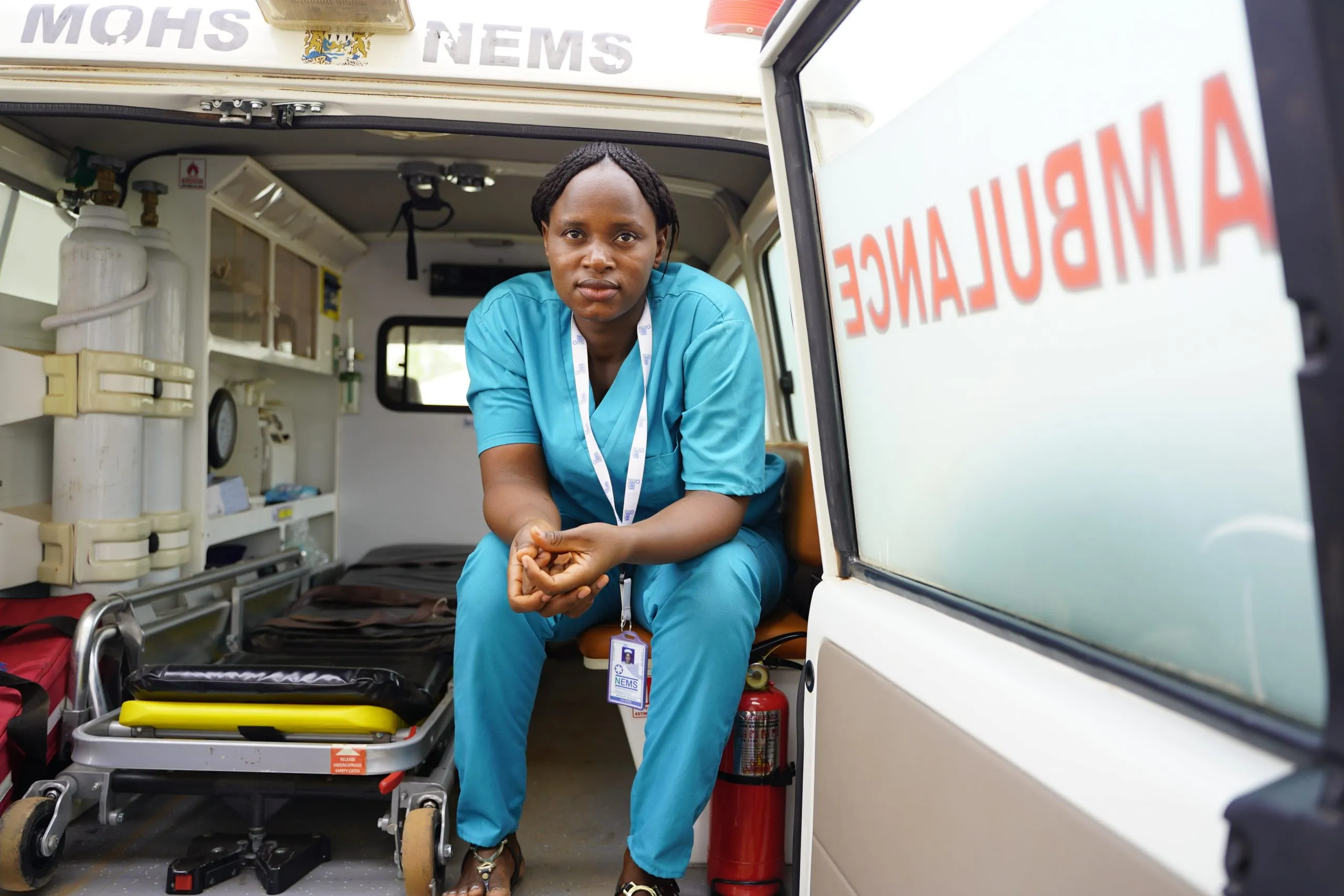March 25, 2021 – Atlanta, GA — A new report, “Our Best Shot: Women Frontline Health Workers in other countries are keeping you safe from COVID-19”, by CARE revealed that a comprehensive vaccine delivery strategy – that includes support for frontline healthcare workers, 70% which are women – requires policy makers to invest $5.00 dollars in delivery for every $1 they spend on vaccines themselves.
Coming at a time when new and highly contagious variants of COVID-19 are emerging in countries that are struggling to access the vaccine and control the pandemic, the report adds that $2.50 must go to funding, training, equipping, and supporting health workers—especially women—who administer vaccines, run education campaigns, connect communities to health services, and build the trust required for patients to get vaccines.
“Frontline healthcare workers, more than two-thirds of whom are women, are frequently underpaid, undervalued and are often forced to work in unsafe environments with little to no support,” CARE USA President and CEO Michelle Nunn said. “Ensuring these vaccines are distributed fast, fair and equitably is going to be a historic undertaking, but we cannot afford for these critical workers to be pushed to the back of the line. Women front line workers help build trust, educate patients, protect rights, and help everyone access vaccines and services. If we don’t invest in these women and their rights, we won’t see the benefits of the COVID vaccines.”
The report also notes that for every $1 invested in vaccines in less wealthy countries, wealthy countries will see $4.80 of economic benefit because economies can fully re-open sooner, while failing to make this investment could cost wealthy economies $4.5 trillion in economic losses.
Beyond the Vaccine Vial: The new CARE report breaks down the actual cost of vaccinating the public and the entire delivery system:
- CARE estimates that to conduct a comprehensive strategy in this level of global pandemic, policy makers need to invest $5.00 dollars in rollout for every $1 they spend on vaccines themselves.
- $2.50 to supporting health workers, including training, equipment, and salaries. This estimate includes fair pay and working conditions for both full-time health staff and part time workers, as well as surge capacity for vaccinators.
- $0.15 for childcare costs to make it possible for frontline health workers to function effectively.
- $1.70 to strengthening and maintaining health infrastructure such as cold chains, vaccine tracking systems, power supplies, and administrative costs.
- $0.65 to social mobilization and education campaigns to increase vaccine acceptance.
- $0.15 to keeping health workers safe from COVID, including the increased time it takes to administer vaccine campaigns while enforcing social distancing and higher needs for personal protective equipment.
To arrive at the above cost estimate, CARE reviewed more than 100 published studies about vaccine costs and based the core model on WHO’s costing figures for a proposed Ebola vaccine strategy in 2016, adding other variables—such as more comprehensive staff costs and safety measures for COVID-19—to that core model to ensure a more comprehensive picture.

